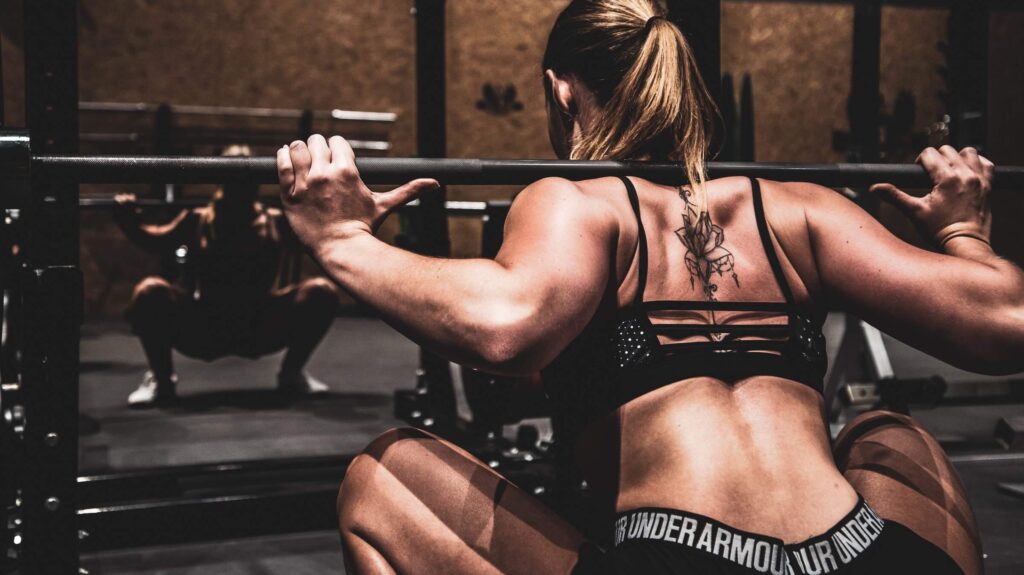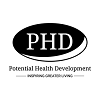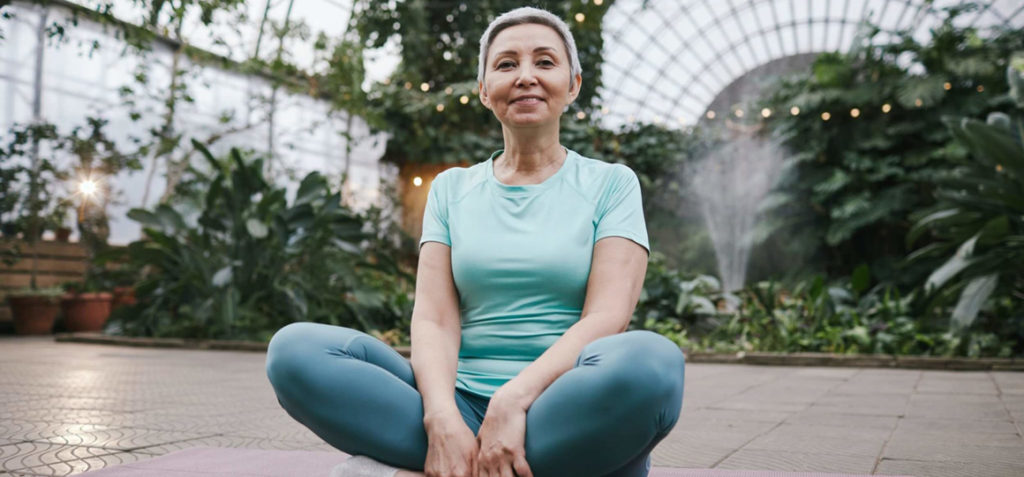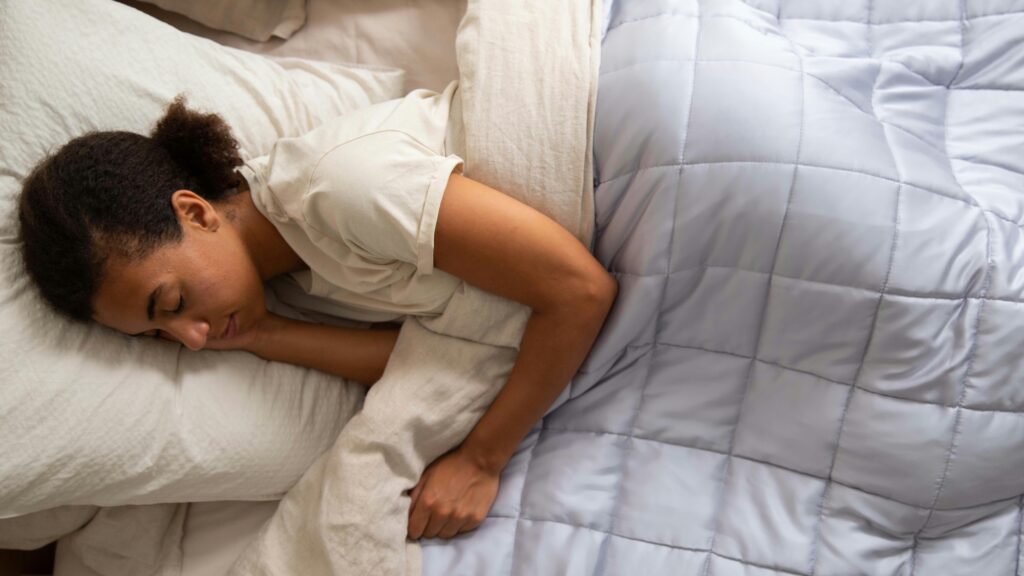Your menstrual cycle doesn’t just affect mood and energy – it can shift your heart rate variability (HRV), recovery, and performance too.
For some, training during their period feels strong and steady; for others, it’s a sign of slowing down. This article unpacks how hormones, HRV, and physiology interact across your cycle, helping you decide when to push, when to pause, and how to listen to your body without second-guessing it.
Highlights
- Regular exercise can help regulate the menstrual cycle – but excessive intensity or duration may have the opposite effect.
- High-intensity training is linked to greater menstrual irregularities and PMS symptoms, especially in athletes, and may require medical oversight.
- Staying hydrated with water and electrolytes, and including post-workout stretching, supports recovery and helps reduce muscle soreness.
Read more: How the Ultrahuman Cycle and Ovulation PowerPlug works
Exercise and the cycle

The menstrual cycle typically lasts between 28 and 35 days and has four distinct phases. The length of a cycle is counted from the first day of bleeding in one period to the first day of bleeding in the next.
Two hormones, estrogen and progesterone, play key roles throughout the cycle. Estrogen helps with growth and repair in the body, and also supports cell stability, protects against oxidative stress, and helps the brain and muscles work efficiently. This means it can reduce exercise-related muscle damage and improve muscle activation.
Progesterone, on the other hand, is involved in breaking down molecules to release energy — a process known as catabolism. These two hormones rise and fall in opposite patterns across the cycle.
Hormonal shifts — especially in the days before your period – can trigger PMS symptoms that make rest feel like the only option. But avoiding movement entirely may not be the best approach for long-term health.
In fact, multiple studies show that regular aerobic or stretching exercises can ease period pain (dysmenorrhea) more effectively than rest or even anti-inflammatory medications. The pain during dysmenorrhea is largely caused by high levels of prostaglandins – chemicals that increase when progesterone drops just before your period.
Exercise has been shown to lower prostaglandin levels, improve blood flow, and boost endorphins, the body’s natural painkillers, helping to reduce cramps and stress at the same time.
Exercising during periods

Here are four points to consider when exercising during periods:
Pick the workout/sport you like: Performing an exercise that you prefer and find doable will allow your mind to be at peace and make the session more enjoyable and regular.
Do low-to medium-intensity exercises: This will give you the boost your body requires without causing more pain or aggravating cramps.
Beat the bloat: A pseudo weight gain can occur during periods due to hormonal imbalance and water retention. This can be cured by performing light exercises every day.
Choose comfort: Discomfort during periods can become a barrier to your workout. Wearing comfortable period products with suitable clothing will let you be at ease.
There are now apps available to help guide women on how to effectively plan their workouts around their menstrual cycles.
By using data points like HRV and resting heart rate along with subjective questions, a readiness score is calculated to help women know what types of workouts are best suited to the specific phase in their cycle they are in.
Train or rest during your period
Here is a broad and generalised guide to the stages – but remember, it’s about how you feel, not generic advice.
- Day 1–7: Menstrual phase (low energy). Rest, practice yoga and gentle exercises.
- Day 8–13: Follicular phase (rising energy). You can increase intensity and try different types of exercises.
- Day 14–21: Ovulatory phase (peak energy, increased strength). You could lift heavy and perform better.
- Day 22–28: Luteal phase (decline in energy). Try some full-body, bodyweight, and low-intensity exercises; be gentle as the menstrual phase approaches.
Read our full guide to the four stages of the menstrual cycle
EIMD explained
While regular exercise can reduce menstrual symptoms and improve overall hormonal health, too much intensity without enough recovery or fuel can have the opposite effect. This is known as exercise-induced menstrual dysfunction (EIMD), and it’s more common than you might think.
A 1998 study by De Souza and colleagues found that even subtle menstrual disturbances were widespread in active women, not just elite athletes. These included irregular cycles, missed periods (amenorrhea), and luteal phase defects, often without obvious warning signs. The root cause? A mismatch between energy intake and output.
Essentially, poor fuelling and endurance workouts – e.g. training for a marathon – can affect your cycle.
This isn’t something the average person needs to panic about – but if you’re experiencing irregular cycles, low energy, or disrupted recovery, it’s worth paying attention. The fix usually isn’t to stop training altogether, but to recalibrate:
- Increase energy intake (especially around your cycle)
- Track menstrual changes alongside training load
- Adjust the intensity if your cycle starts to shift
- Consider speaking to a professional if symptoms persist
Conclusion
Although a considerable improvement has been observed in menstruating females due to various medical interventions, various side effects have prominently affected the health and well-being of women.
Even though workouts are deemed to improve menstrual irregularities, the intensity and duration can strongly influence the end result. Exercise can, however, be planned in such a way that it benefits you depending on the menstrual phase you’re in.
With high levels of oestrogen in the late follicular and ovulation phase, the performance of exercise can reach its maximum, unlike during the luteal phase, where the progesterone levels start to rise. That said, some athletes prone to high-intensity workouts face menstrual irregularities, and fuelling is key.
Disclaimer: The contents of this article are for general information and educational purposes only. It neither provides any medical advice nor intends to substitute professional medical opinion on the treatment, diagnosis, prevention or alleviation of any disease, disorder or disability. Always consult with your doctor or qualified healthcare professional about your health condition and/or concerns and before undertaking a new health care regimen including making any dietary or lifestyle changes.
References
- Effects of stretching exercises on primary dismenorrhea in adolescent girls. Biomedical Human Kinetics.
Comparison of the effect of stretching exercises an - d mefenamic acid on the reduction of pain and menstruation characteristics in primary dysmenorrhea: a randomized clinical trial.
- The Effect of aerobic exercise on primary dysmenorrhea: a clinical trial study.
- Can we have exercise on menstruation day? We Think We Share.
- Exercise and menstrual function: a review study.








